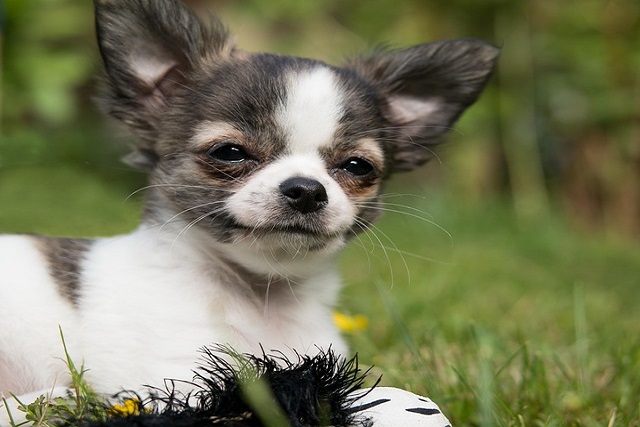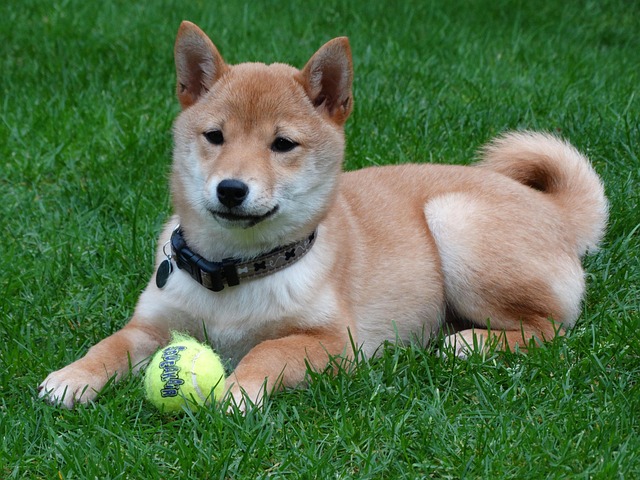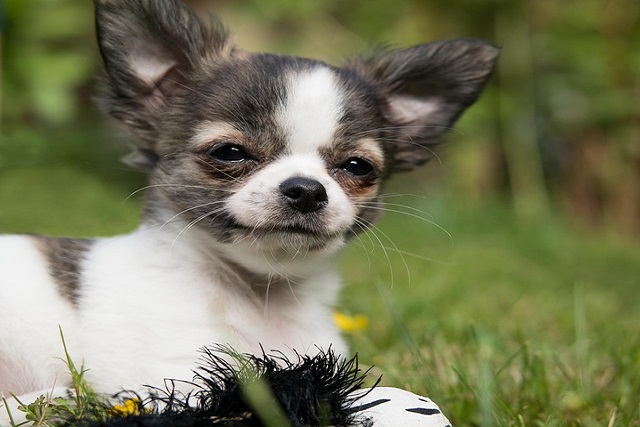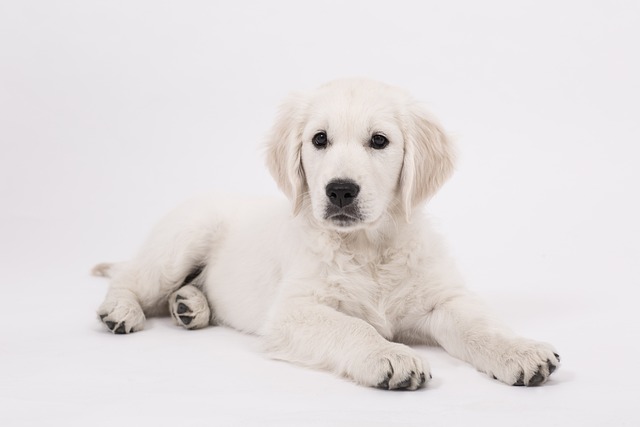
How to get your dog to go to the bathroom in a new place?
Moving to a new home or traveling with your dog often means figuring out how to help them feel comfortable going potty in an unfamiliar spot.
Witnessing your dog transform into a barking, lunging whirlwind at the sight of another pup on your quiet suburban street can make daily walks feel like a nightmare. It’s natural to wonder if you can ever truly "train out" this reactivity. The honest answer is that while you may not completely erase the emotional impulse, you can absolutely train your dog to manage their reaction effectively. The goal isn't to create a robot that ignores everything, but to build their confidence and teach them new, calfer ways to respond to their triggers. With consistent, compassionate training, you can replace that frantic outburst with a calm look at you, turning a reactive dog into a manageable and happier companion.
The science behind this is rooted in neurology and learning theory. Reactivity is often a fear-based stress response, flooding your dog’s system with cortisol and adrenaline. Punitive methods, like yelling, leash corrections, or shock collars, add more pain and fear to this already volatile mix. This approach, increasingly outlawed in many European countries for its cruelty, often suppresses the behavior temporarily but makes the underlying fear worse, leading to a higher risk of an explosive reaction later. The only method endorsed by modern veterinary behaviorists is counter-conditioning and desensitization, a positive reinforcement technique. This process doesn't just mask the reaction; it rewires your dog’s emotional response by creating a new, positive association with the trigger (e.g., "seeing another dog means I get chicken!").
Your training plan is a marathon, not a sprint. It begins with identifying your dog’s "threshold"—the distance at which they notice a trigger but don't react. Your job is to keep them under this threshold. When they see a dog from a block away and don't bark, that’s the moment to mark with a "Yes!" and reward with a high-value treat. The "Find It" game, where you toss treats on the ground for them to sniff out, is incredibly effective for redirecting their focus and lowering arousal in the moment. This entire process must be rooted in patience and positive reinforcement. Forcing them closer to a trigger (a practice called "flooding") is profoundly damaging and violates the core principles of force-free training that are the standard in responsible U.S. and European pet communities.

This commitment to positive training is also your greatest tool for community safety and compliance. A dog learning to be calm on leash is a dog you can safely control. This control is paramount for upholding your legal obligation to clean up after your pet immediately—a common local ordinance—and to prevent any potential incidents. Furthermore, this training ensures you can safely handle your dog for essential care, like ensuring they comfortably wear a collar with a legally required rabies vaccination tag, a mandate in all U.S. states. Your efforts don’t just help your dog; they make you a more responsible and respected neighbor, contributing to safer shared spaces for everyone.
So, is it possible to train reactivity out of a dog? You may not delete the file, but you can absolutely teach a new, better program to run instead. Through patient, positive reinforcement training, you are not suppressing a behavior; you are healing an emotional response. You are building a trusting partnership that allows your dog to face the world with more confidence and less fear, ensuring they can be a welcome, albeit cautious, member of your community.

Moving to a new home or traveling with your dog often means figuring out how to help them feel comfortable going potty in an unfamiliar spot.

Most German Shepherd puppies start showing consistent potty habits between 4 to 6 months old, but this timeline isn’t set in stone.

Watching your dog learn to pick up toys or essentials isn’t just a fun trick—it builds trust and makes daily moments smoother, like grabbing their leash when you’re heading out.

Shiba Inu puppies are smart but stubborn—their independent streak means potty training needs consistency, not just tricks.

Witnessing your dog transform into a barking, lunging whirlwind at the sight of another pup on your quiet suburban street can make daily walks feel like a nightmare.

Golden Retrievers are known for their friendly, eager-to-please personalities—and that trait makes training them far from a struggle.